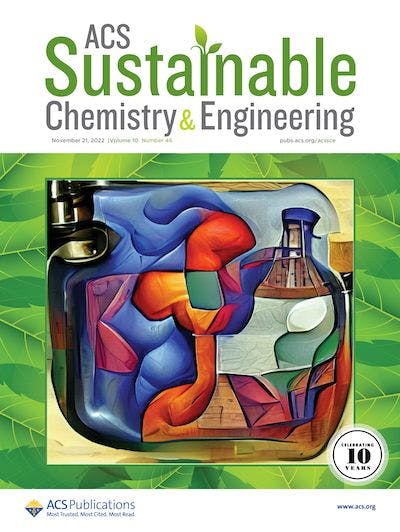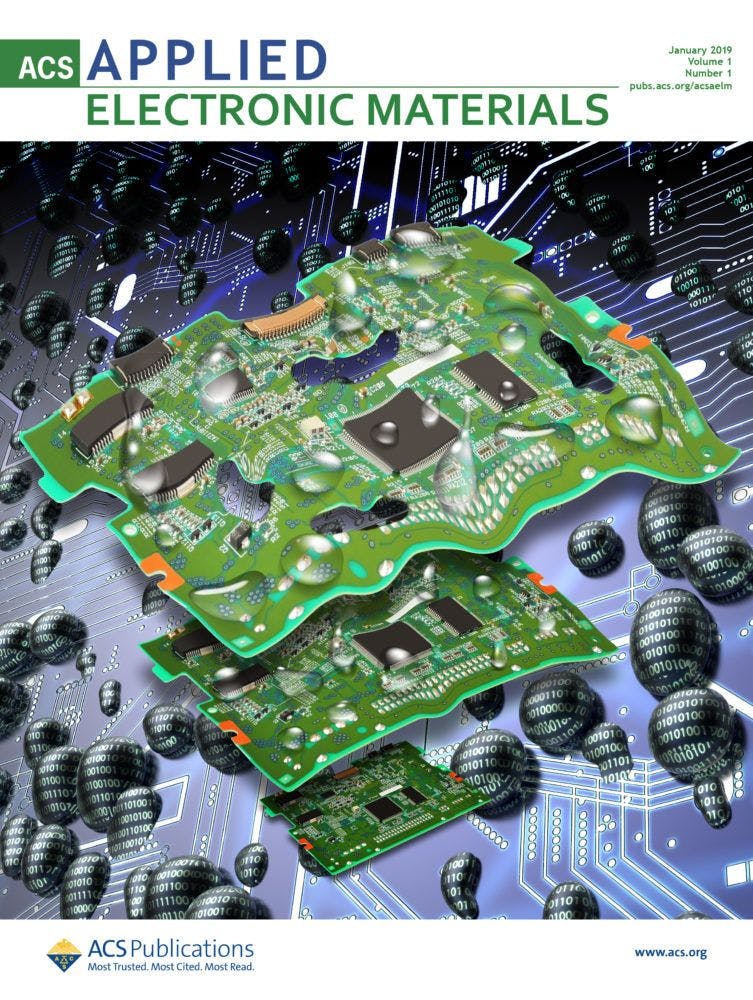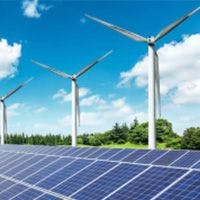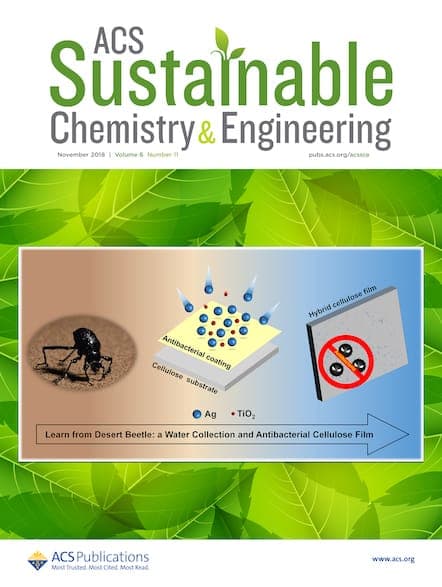What if your fake ficus could serve a purpose beyond decorating and dust-catching? A new study raises the possibility of artificial plants as potential sources of clean energy.

There is something a bit dismal about a fake plant. Whether indoor or outdoor, the real thing surely beats its plastic mimics on almost all counts—particularly when it comes to the environment. Artificial foliage is prone to discoloration and disintegration, often being thrown directly into the landfill. And when opting for plastic plants or grass for the outdoors, we can't ignore microplastic run-off and the associated impact on biodiversity and soil structure.
But what if artificial plants could serve a purpose beyond gathering dust in a corner or leaching microplastics into the environment? New work published in ACS Sustainable Chemistry & Engineering looks into using artificial plants as a source of clean energy that could one day be used to power sensor networks for smart homes or digital agriculture.1
The group developed a textile-based multisource energy harvester capable of generating electricity via two clean energy sources: a triboelectric nanogenerator (TENG) and a droplet-based electricity generator (DEG). TENGs have been used before in a similar way, harvesting the energy from raindrops to self-power an intelligent greenhouse. The results of this earlier study in ACS Nano suggest this approach could provide a sustainable energy source for running sensors to regulate greenhouse temperature and humidity—especially in areas where rain may be more common than sun.2
In this most recent work, the team carefully selected component materials and tuned physical properties for high energy output—with due consideration for the maximum difference in the electron affinities, surface texturization, and hydrophobicity. The resulting TENG used layers of nylon nanofibers between polytetrafluoroethylene and copper electrodes, which generate static charges when they press into each other. These multisource energy harvesters were then designed to look like the leaves of a synthetic plant.

Multisource Energy Harvester on Textile and Plants for Clean Energy Generation from Wind and Rainwater Droplets
DOI: 10.1021/acssuschemeng.3c03620
The device successfully replicated the water-repellent behavior of natural lotus leaves, with a highly hydrophobic surface and enhanced output power. When tested, it was able to produce enough electricity from waterdrops to power 10 LED lights in short bursts. While generating power from movement and water might not seem useful for your indoor plastic peace lily, it could make sense outdoors, where decorative plants typically experience wind and rain. But as our networks of such devices grow, there remains a need for reliable integration.
Previous research by members of the same group has looked at other solutions for multifunctional sensor development, including stretchable antennas for e-textiles. In this 2021 study published in ACS Applied Electronic Materials, the researchers developed an textile-based microstrip antenna capable of sensing strain when stretched. This technology shows promise in wearable systems for health monitoring, demonstrating potential applications such as measuring human limb joint angles with a high degree of stretchability and sensitivity. The innovation also addresses the challenge of reducing component complexity in such systems.3 The team have also been investigating biodegradable materials for sustainable health monitoring, which could help mitigate environmental issues by reducing the volume of electronic, plastic, and medical waste produced.4
If these different facets of research can be brought together, the artificial plants of the future just might have a chance at evolving into plastic-free, sustainable devices with power-generating, sensing, and communication capabilities.

Special Issue: Forum on Wearable and Biodegradable Sensors

Taking Earth’s Pulse with Low-Cost Sensors

ACS Industry Insider: Energy & Transportation
Resources
- Ming, G. et al. Multisource Energy Harvester on Textile and Plants for Clean Energy Generation from Wind and Rainwater Droplets. ACS Sustainable Chem. Eng. 2024, 12, 2, 695–705.
- Zhang, Q. et al. Highly Efficient Raindrop Energy-Based Triboelectric Nanogenerator for Self-Powered Intelligent Greenhouse. ACS Nano 2021, 15, 7, 12314–12323.
- Nikbakhtnasrabadi, F. et al. Textile-Based Stretchable Microstrip Antenna with Intrinsic Strain Sensing. ACS Appl. Electron. Mater. 2021, 3, 5, 2233–2246.
- Hosseini, E. S. et al. Biodegradable Materials for Sustainable Health Monitoring Devices. ACS Appl. Bio Mater. 2021, 4, 1, 163–194.
